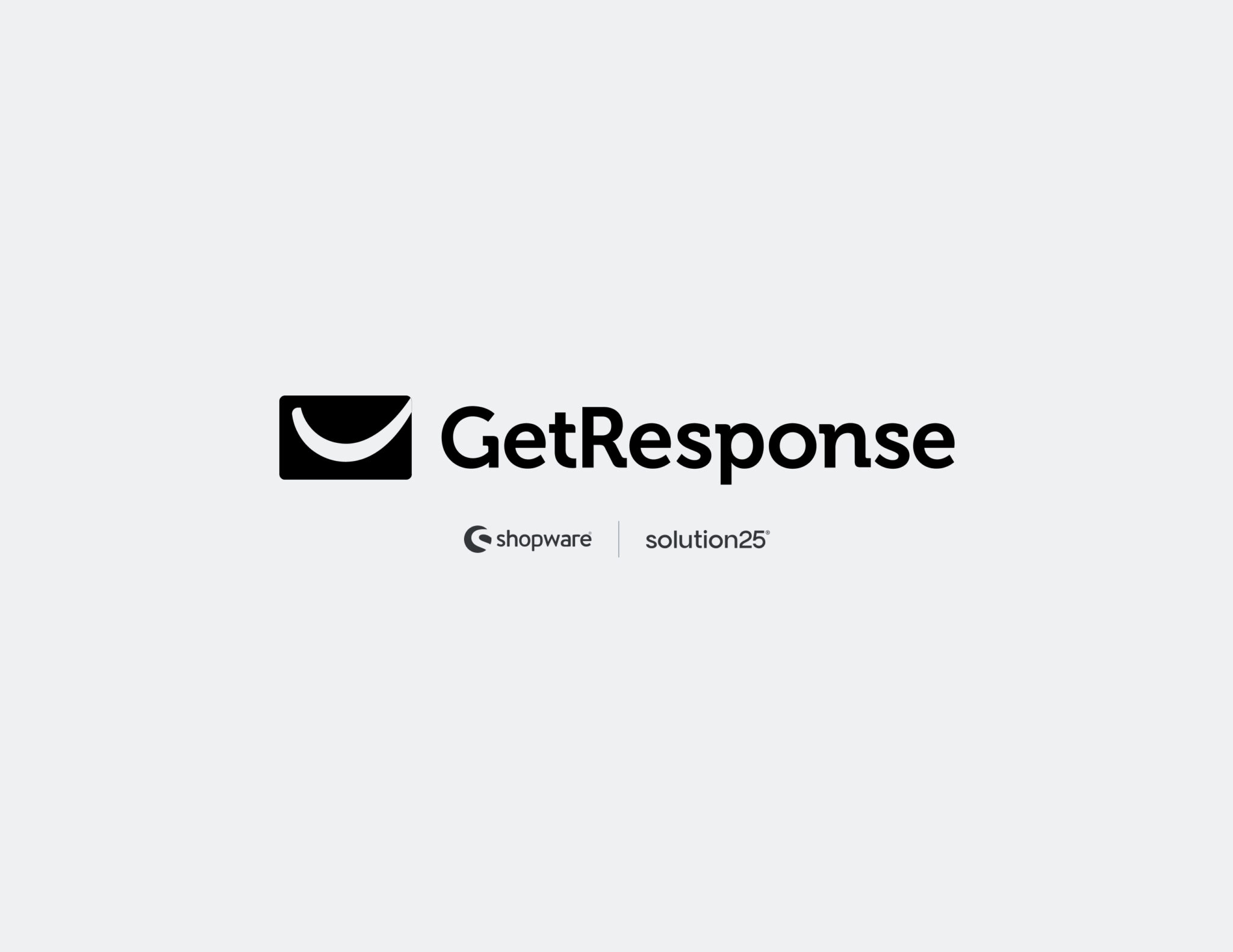Shopware Platinum Partner
Extension Premium Partner
200+ Projects
75+ Experts
Shopware Platinum Partner
Extension Premium Partner
200+ Projects
75+ Experts

Have you ever wondered what it would take to send the perfect message at exactly the right moment? With GetResponse you can welcome new subscribers with a friendly hello, follow up on their browsing habits with useful advice and reignite interest among past customers with timely offers, all without lifting a finger once your sequences are active. In this guide you will explore how to harness GetResponse’s automation engine to create customer journeys that respond to real time actions and data. You will learn what is needed to get started, from setting up your account to grouping your audience by interests, and see how automated email sequences can nurture leads, recover abandoned carts, celebrate milestones and collect feedback. Each section is packed with practical tips so you can watch these strategies turn into more clicks, deeper connections and stronger conversion rates. By the end of this walkthrough you will know how to plan your workflows, define trigger events, personalize content with dynamic fields and measure results with clear analytics. Let’s dive in and discover how GetResponse can make every email an opportunity to delight your subscribers and drive your growth.
To effectively use GetResponse email automation, you need:
GetResponse integrates seamlessly with platforms like Shopify, Magento, and WooCommerce. To set up:
GetResponse’s email automation gives your team everything you need to turn one email into an entire conversation with each subscriber. From the simple visual workflow builder to seamless connections with your favorite tools and a reputation for landing in the inbox, it’s built to help you reach the right people at the right time. Follow the setup steps in this guide to start building workflows that score leads, test subject lines and deliver content based on real customer behavior. Connect to your online store or CRM to keep data flowing and watch as your messages turn into clicks, conversations and sales. With a free trial and a wealth of tutorials, templates and expert support at your fingertips, you can scale from your first automated sequence all the way up to enterprise-grade campaigns. Begin your email automation journey today and see how GetResponse can save you time, lift your conversion rates and fuel the next stage of your business growth. Learn more about our expertise and solutions on our Shopware page, where we share valuable information for growing your e-commerce business.